Academia Neoconfuciana Mukgye Seowon y Residencia Mukgye del Clan Kim de Andong (묵계서원 및 안동김씨 묵계종택)
10.7Km 2024-05-17
Chunghyo-ro 1736-5, Giran-myeon, Andong-si, Gyeongsangbuk-do
Pabellón Manhyujeong (만휴정)
11.6Km 2023-02-13
Mukgyehari-gil 42, Giran-myeon, Andong-si, Gyeongsangbuk-do
Festival de la Manzana de Cheongsong (청송사과축제)
12.7Km 2025-03-14
Geumwol-ro 269, Cheongsong-eup, Cheongsong-gun, Gyeongsangbuk-do.
054-873-3686
El Festival de la Manzana de Cheongsong se celebra en octubre o noviembre de cada año para promocionar la excelente calidad de las manzanas cultivadas en el área. Cheongsong, que significa "zona limpia", tiene las condiciones perfectas para que las manzanas alcancen un sabor superior, ya que está rodeada de montañas cuya latitud promedio elevada favorece a estos árboles. Además, no hay fábricas industriales en los alrededores. El festival ofrece varios programas únicos para el entretenimiento de los visitantes y en el mercado se venden manzanas a buen precio.
Juwangsan Spa Tourist Hotel (주왕산온천관광호텔)
12.9Km 2021-08-10
315, Jungang-ro, Cheongsong-gun, Gyeongsangbuk-do
+82-54-874-7000
Juwangsan Spa Tourist Hotel is located approximately 15 minutes from Juwangsan National Park. The hotel has clean rooms, a Korean restaurant, banquet hall, and spa facilities. Guests may take advantage of the health programs offered at the spa or enjoy the hot springs sauna that uses alkaline water, which has been proven to heal chronic headaches and shoulder pain.
Geumjang Garden (금장가든)
14.0Km 2021-03-24
54, Saemdeurwit-gil, Andong-si, Gyeongsangbuk-do
+82-54-822-0948
It is a place where you can enjoy delicious marinated pork. This restaurant's signature menu is spicy stir-fried pork. This Korean dishes restaurant is located in Andong-si, Gyeongsangbuk-do.
Secret (시크릿)
14.6Km 2021-03-24
81, Songcheon, 2-gil, Andong-si, Gyeongsangbuk-do
+82-54-823-2020
It is a place where you can try various dishes featured in its menu. This restaurant's signature menu is chicken feet. This Korean dishes restaurant is located in Andong-si, Gyeongsangbuk-do.
Imyeonjae Head House [Korea Quality] / 흥해배씨 임연재종택 [한국관광 품질인증]
15.1Km 2020-09-03
51, Hyanggyo 1-gil, Andong-si, Gyeongsangbuk-do
+82-10-9077-7216
The Lim Yeon-Jae Head House of Heunghae Bae's Clan was built by Bae Cheon-Seok (1511~1573), Vice Minister of War, in 1558 in Domok-ri, Wolgok-myeon, Andong but was moved to its current location in Songcheon-dong, Andong in 1973 due to the construction of Andong Dam. The house has inherited the tradition of Baekjukdang Bae Sang-Ji (1351~1413) who refused to serve two kings out of loyalty to the Goryeo Dynasty. Bae Sang-Ji is the first ancestor of Heunghae Bae's Clan who settled in Andong. The Lim Yeon-Jae Head House was designated for the permanent worship of the spirit of Governor Bae Sam-Ik (1534~1588, pen name: Lim Yeon-Jae, nickname: Yeowoo) who was the son of Bae Cheon-Seok and a student of Toegye Yi Hwang and who served as the Governor of Hwanghae-do after passing the civil service examination. The house was nicknamed Geumyeokdang after the pen name of Bae Yong-Gil (1556~1609, nickname: Myeongseo), who was a son of Lim Yeon-Jae and who served as secretary of Chungcheong-do Province after passing the civil service examination and fought as a member of the army for the cause of justice during Japan’s invasion of Korea in 1592. With the antique charm of a traditional Korean house, the Lim Yeon-Jae Head House boasts of beautiful walls, stairs, eaves, etc. The windows and doors of the house decorated in the construction style of the early Joseon Dynasty are especially beautiful. In the head house is the time-honored space used as a study since the establishment of the house, which has been opened recently as a little library to accommodate the neighbors who love reading by inheriting the tradition of the house with a collection of many books and opening a bookstore. The little library of Baekjuk Historic House is furnished with more than 5,000 books in different genres including novel, humanities, history, cartoons, and books for infants. You can enjoy time travel to the past through the experience of the old house and by reading books in the library. An air-conditioning/heating system has been installed in every room, with communal bathrooms equipped with the latest facilities positioned here and there in the house for the convenience of visitors.
Zootopium (주토피움)
16.4Km 2024-05-17
Gwangwangdanji-ro 346-95, Andong-si, Gyeongsangbuk-do
Ontrepieum de Andong (안동 온뜨레피움)
16.5Km 2021-08-13
Gwangwangdanji-ro 346-95, Andong-si, Gyeongsangbuk-do.
Ontrepieum, que significa "la apertura de flores en un jardín", se ubica en el Complejo de Cultura y Turismo de Andong. Con una superficie de 30.000 metros cuadrados, consiste en un invernadero tropical de 1.500 metros cuadrados, un jardín de hierbas de 6.600 metros cuadrados, tierra de cultivo, un teatro para actuaciones con animales, un sector de experiencia natural y más. El invernadero tiene plantas tropicales y subtropicales, incluyendo hierbas, café y palmeras. Más de 17.000 árboles plantados en el parque, junto con una fuente de agua y zonas de fotos, hacen del lugar un sitio perfecto para un fin de semana de diversión. El Complejo de Cultura y Turismo de Andong tiene una serie de atracciones cercanas, como el estudio de KBS, el Museo Folclórico de Corea, el Museo del Agua y el Museo de Artes y Artesanías.
MONTRER CHEF (몽뜨레셰프)
16.7Km 2021-03-30
346-124, Gwangwangdanji-ro, Andong-si, Gyeongsangbuk-do
+82-54-813-5454
It is a great place with an outdoor terrace for family gatherings. This family restaurant is located in Andong-si, Gyeongsangbuk-do. The most famous menu is pork shoulder steak.
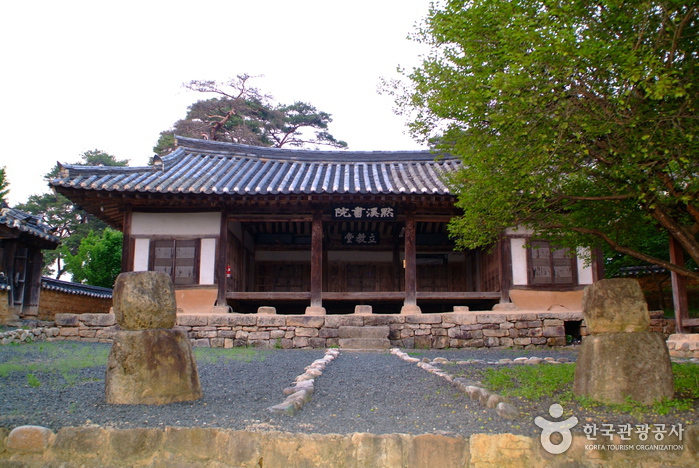

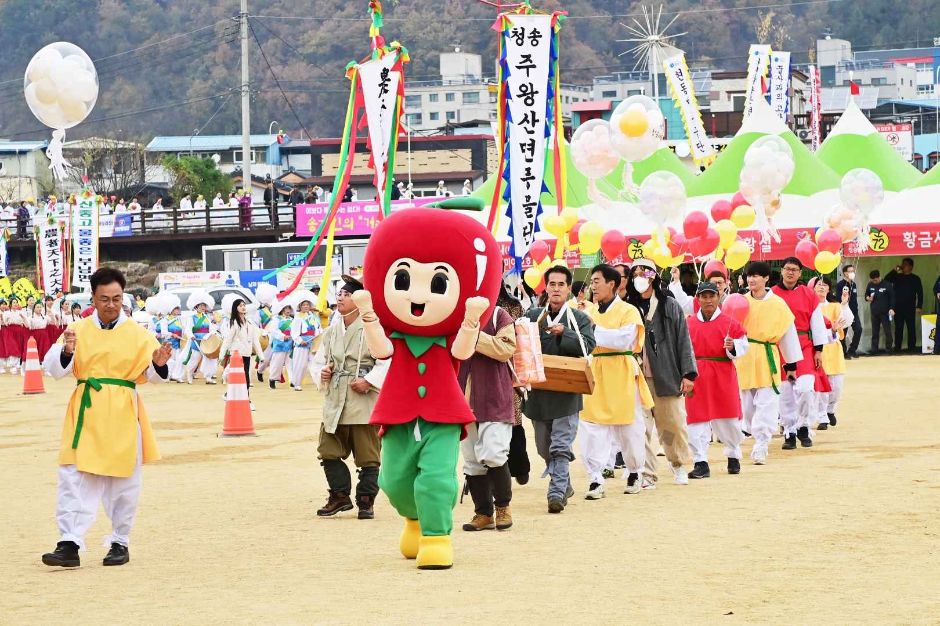
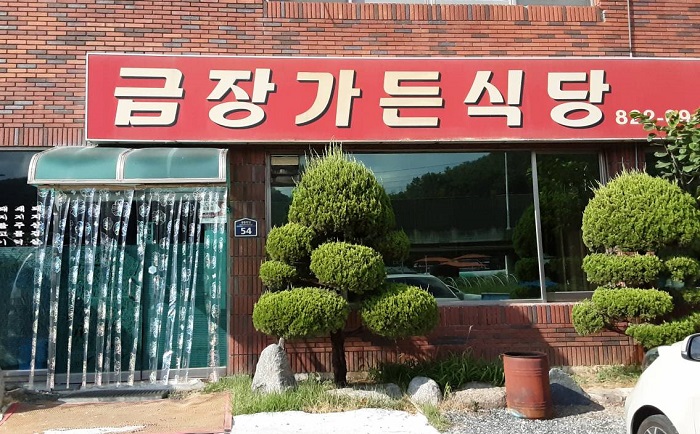
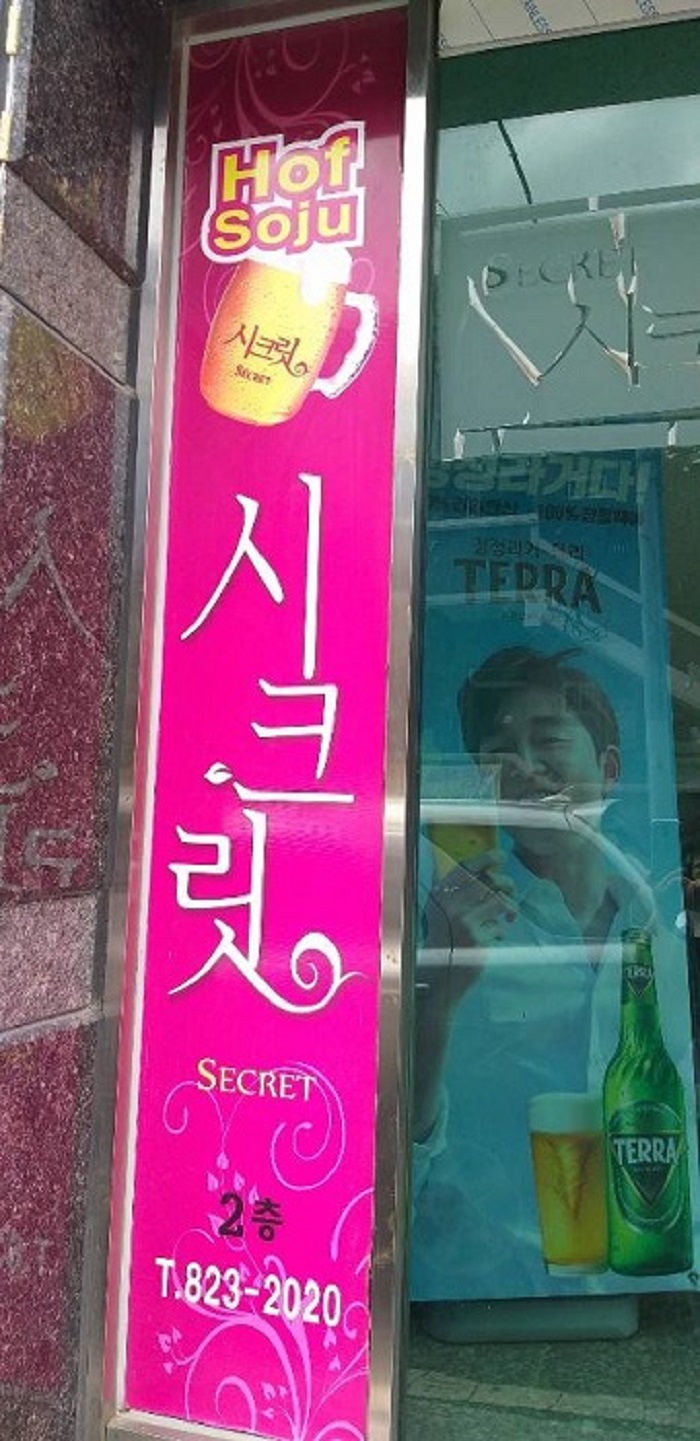
![Imyeonjae Head House [Korea Quality] / 흥해배씨 임연재종택 [한국관광 품질인증]](http://tong.visitkorea.or.kr/cms/resource/84/2627384_image2_1.jpg)
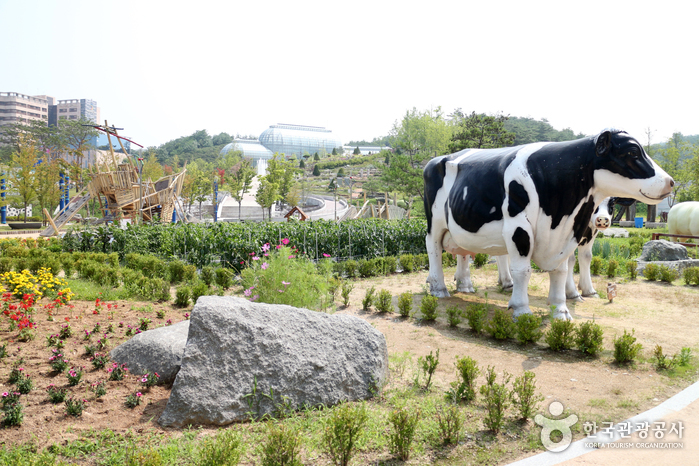
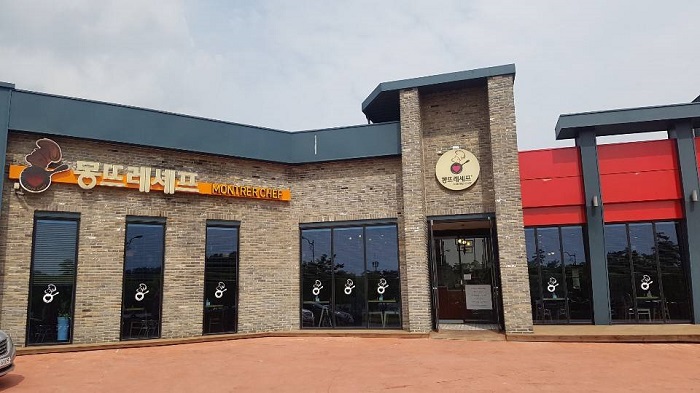
 Español
Español
 한국어
한국어 English
English 日本語
日本語 中文(简体)
中文(简体) Deutsch
Deutsch Français
Français Русский
Русский